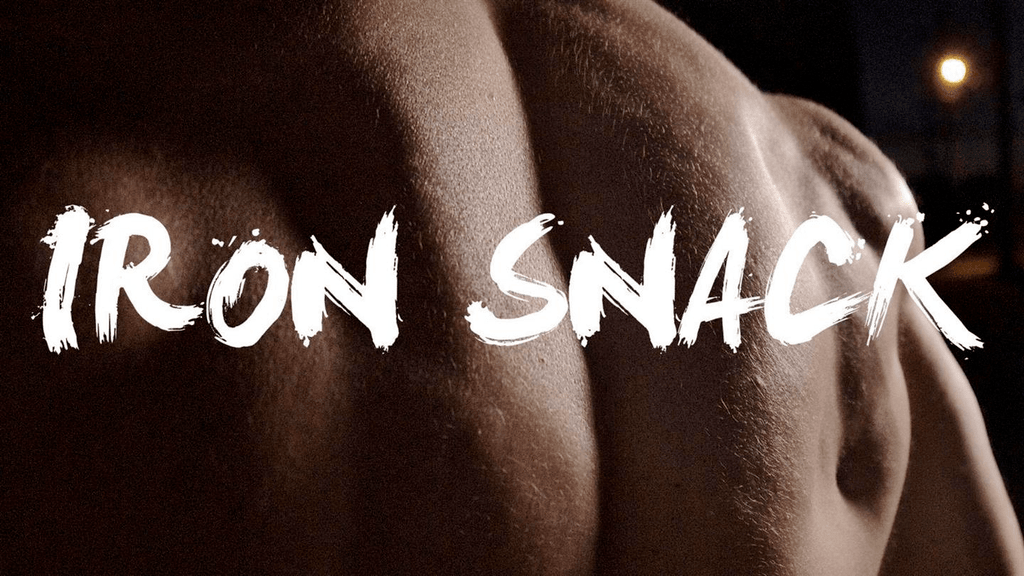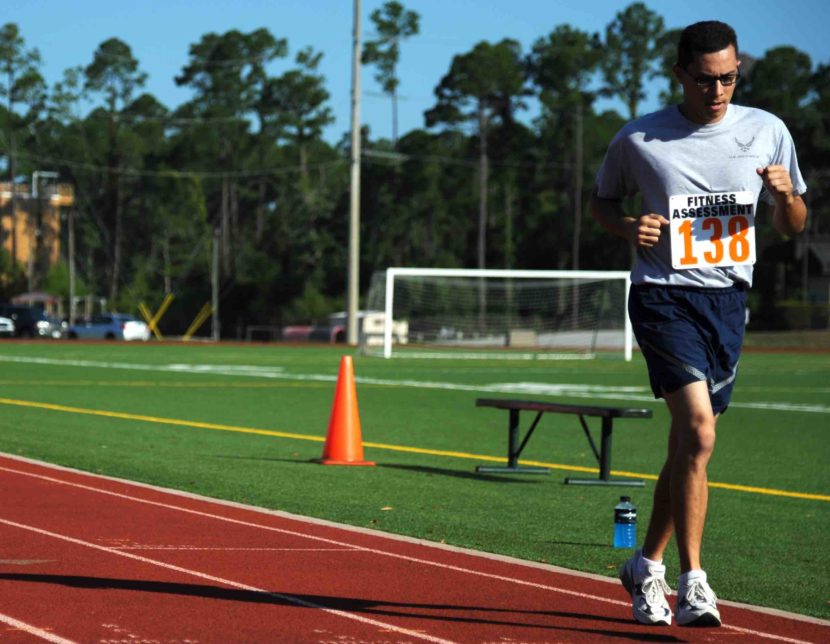HIIT (High Intensity Interval Training) May Be Right For You
High Intensity Interval Training (HIIT) may be a great option for you. We have all continued to grow busier in our lives. Demands from work, family, finances, or other things may limit your access and the time to you can spend at the gym.
I will lump HITT and High Intensity Circut Training together (HICT.) These programs can get around the typical requirement for gym equipment as often times they can be performed with body weight. Given the higher intensity and lower amount of rest time, it may also be more efficient.
There has been a great deal of hype behind HICT/HITT style training in fact based on a worldwide survey HITT tops the charts as the most popular fitness trend in 2018 followed by group fitness classes and wearable technology.
One of the clear benefits is fat loss, it has been questioned that HITT style training may even have increased fat loss compared to that of typical aerobic steady state cardio. Part of the reason for this is thought to be due to increase growth hormone secretion and increased catecholamines that occur from HITT training when compared to traditional cardio. The benefits of a ramped up metabolism have been recorded out as far as 72 hours. Impressively even doing 8 minutes a week of maximal effort HITT can decrease insulin resistance. Insulin resistance is the primary mechanism for developing type II diabetes. This is incredibly important ss diabetes is ravaging our country and our obesity rate is nearly 40%.
When designing a HIIT/HICT routine use these principles:
1) Full body and balanced
- Don’t just focus on upper body. You want to focus on hitting all of the muscles throughout your body. You want your routine to be balanced so if you work your abs also work your lower back. If you work your quads also work your hamstrings.
2) Alternate antagonistic/agonistic muscles with each exercise
- Alternate exercises such as working chest and then back. Biceps and then triceps. Upper body and then lower body.
3) Use large muscles and compound movements
- Make sure to pick exercises that engage many muscles and exercise such as the squat is a great example. Focusing on big movements that target the chest, back and legs will help hit everything in between. You will inadvertently work your core and arms by doing those big movements.
4) Flexible and willing to change to reach target effort
- HIIT only works if you keep the intensity up. You gotta be willing to give it 100% during the short intervals that you are working. So put down the cell phone, no talking, just focus on your intensity.
5) Quick transitions to keep your heart rate up
- Make the transitions between exercises quick! Try to start doing the next exercises within 15 seconds of completing your last one. This will keep your body ramped up. The intensity is the key and you cannot reach it if you are slugging between exercises.
A few common exercises you can use in HIIT and HICT:
- Pull-ups
- Jumping Jacks
- Burpees
- Plank
- Jump Rope
- Push Ups
- Dips
- Sprints
- Calf Raises
All of these can be done with body weight which is as cheap and easy as it gets. If you are looking to increase the difficulty check out these weighted vests that you can purchase on Amazon. If you have any questions about HIIT training or anything else related to nutrition and fitness let us know!
Sources for HIIT:
HIGH-INTENSITY CIRCUIT TRAINING USING BODY WEIGHT: Maximum Results With Minimal Investment
WORLDWIDE SURVEY OF FITNESS TRENDS FOR 2018: The CREP Edition
Just HIT it! A time-efficient exercise strategy to improve muscle insulin sensitivity
One-set resistance training elevates energy expenditure for 72 h similar to three sets.
Dose-response studies on the metabolic effects of a growth hormone pulse in humans.
Effects of standard set and circuit weight training on excess post-exercise oxygen consumption




